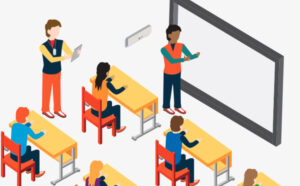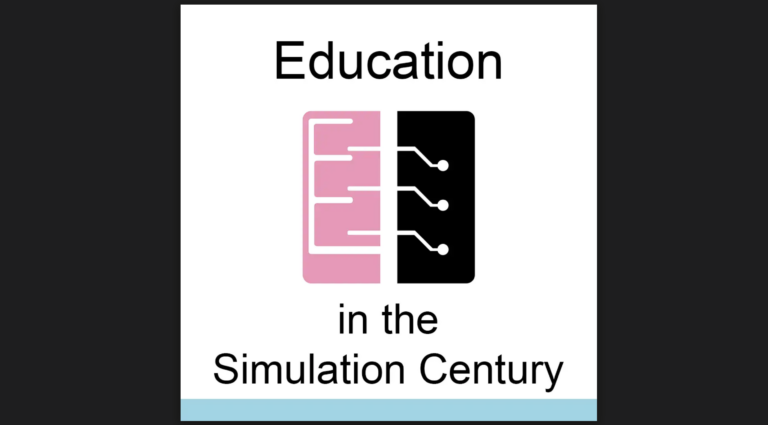High School to College: Arts-based SEL & Student Success Planning
This article discusses one of the most effective, yet often overlooked vehicles for fostering Emotional Intelligence (EQ) and Social-Emotional Learning (SEL) – arts education. Let’s look at 5 types of Art-based SEL and how they improve student success planning. It was originally published on the ThinkBuildLive Success website.
The development of Emotional Intelligence (EQ) and Social-Emotional Learning (SEL) skills in high school has never been more vital. Just ask college educators why this matters. They are increasingly tasked with supporting students who arrive on campus academically prepared but emotionally under-equipped.
One of the most effective, yet often overlooked vehicles for fostering these essential competencies and supporting student success planning is arts education.
5 Types of Art-based SEL for Student Success Planning are:
- Visual Arts
- Performing Arts
- Creative Writing
- Dance and Movement
- Music Education
Why Social-Emotional Skills Matter in College
Social-emotional learning enables students to manage emotions, set and achieve goals, and show empathy. It further enables them to maintain relationships and make responsible decisions. These are competencies identified by CASEL (the Collaborative for Academic, Social, and Emotional Learning).
In higher education, these skills translate into these critical success factors:
- resilience
- self-regulation
- adaptability
- collaborative ability.
When students have a strong SEL foundation they are better positioned to thrive both inside and outside the classroom.
The Adolescent Window of Opportunity
Early adolescence – roughly middle and high school – is a period of heightened brain plasticity. During this time, neural pathways that influence emotional regulation, social perception, and behavioral habits are solidified.
According to Brooks (1999), this developmental window is ideal for reinforcing self-esteem, empathy, and personal responsibility. Programs that focus on SEL during these formative years are preparing students for high school graduation and laying the groundwork for college readiness.
The Arts as a SEL Catalyst
Arts education – whether visual, performing, or literary – engages the emotional and social dimensions of learning in ways few other disciplines do. As Ping Ho of UCLA’s UCLArts & Healing notes, the arts enhance SEL by facilitating self-awareness, emotional expression, and empathy.
In fact, decades of research show that structured arts programs can reduce stress, boost self-confidence, and build social connectedness. For students, this translates to improved academic performance, better communication skills, and greater college preparedness.
Research-Backed Impact
Studies have long pointed to the connection between arts engagement and positive developmental outcomes. A seven-year California Endowment study found that arts participation significantly boosted both academic achievement and self-esteem in adolescents.
Shirley Brice Heath’s 1998 study showed that students in arts-based afterschool programs were more confident, more resilient, and more likely to aspire to and succeed in higher education than their non-arts peers.
Another standout example is the YouthARTS Development Project. It demonstrated how arts programs improved communication, emotional expression, and teamwork in at-risk youth. These are precisely the qualities students need to navigate the social and academic demands of college life.
If we want to build resilient, adaptable, and socially conscious college graduates, we need to support arts education in high school. It’s not a luxury. It’s a prerequisite for 21st-century success.
Arts Modalities and Their Lasting Effects
Visual Arts help students process complex emotions and express themselves non-verbally. These forms of self-expression often translate into stronger observational and critical thinking skills. These traits are valuable in every college discipline.
Performing Arts provides safe environments for risk-taking, empathy-building, and collaboration. These experiences enhance public speaking and leadership abilities, both essential in higher ed.
Creative Writing fosters reflective thinking and emotional articulation. Students who’ve had opportunities to develop their voice through writing tend to be better equipped to engage in academic discourse and build peer relationships.
Dance and Movement activities promote body awareness and stress relief while encouraging discipline and persistence. Such skills support overall wellness. This is increasingly recognized as a foundation for academic performance.
Music Education enhances emotional regulation, concentration, and group cohesion. Programs that integrate music often see increased student engagement and attendance. These are key indicators of college readiness.
A Personal Perspective: Why This Matters
My own experience speaks to the power of the arts. As a student managing ADHD, dyslexia, and social anxiety, the arts were my lifeline. They allowed me to process emotions, build self-worth, and explore identity in a way that academics alone could not. This creative outlet helped me arrive at college more grounded and self-aware. I’ve since seen countless students walk a similar path.
The Takeaway for College Educators
When students arrive with a background in arts-integrated SEL, we notice the difference. They participate more fully and adapt more quickly. They often lead with empathy.
High school educators should advocate for high school arts programs as both enrichment and essential college prep. College educators can create bridge programs that collaborate with feeder schools. They can also integrate arts-based activities into orientation and first-year experience curricula.
Arts education isn’t just about producing artists. It’s about developing well-rounded, emotionally intelligent students who are prepared to succeed in college and contribute meaningfully to their communities.
Final Thought
If we want to build resilient, adaptable, and socially conscious college graduates, we need to support arts education in high school. It’s not a luxury. It’s a prerequisite for 21st-century success.







